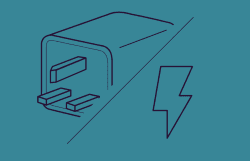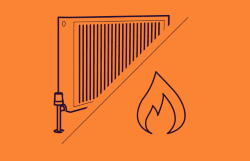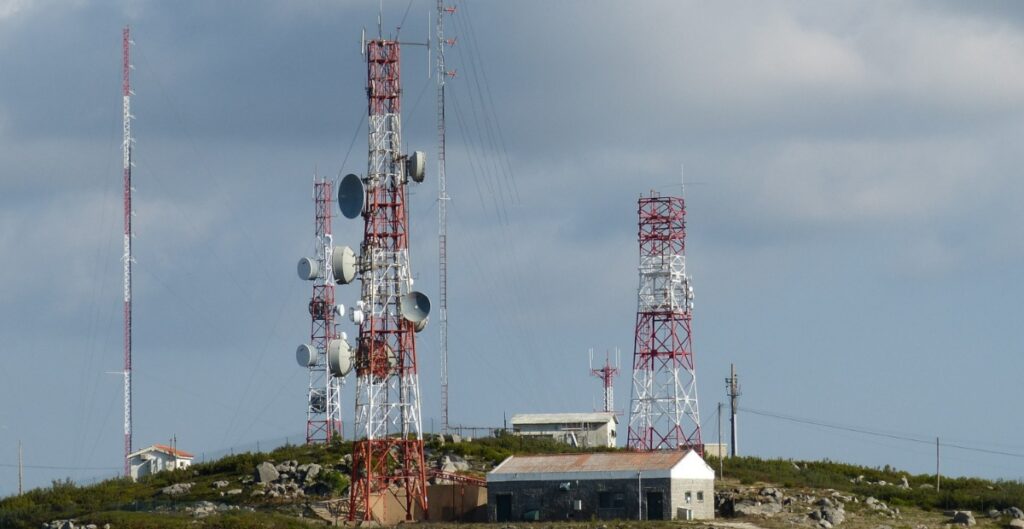As the world becomes more connected through the internet, the amount of energy required to keep us connected has risen substantially. Telecommunications companies are at the forefront of this issue, as their operations consume a significant amount of energy. From data centers to radio access networks, the telecommunications industry is one of the largest consumers of energy in the world. In this article, we will explore how much energy a telecommunications company uses, how they can improve their energy efficiency, and what the future holds for the industry.
The Energy Consumption of the Telecommunications Industry & Its Carbon Emissions
The telecommunications industry is a major consumer of energy, and its energy usage is expected to increase with the development of 5G networks. In 2021, the telecommunications industry accounted for approximately 1% of global energy consumption, with estimates suggesting that this could increase to 3% by 2030. This increase in energy usage is due to the rise of new technologies such as 5G and the Internet of Things (IoT), which require more energy to operate.
The telecommunications industry’s energy consumption is broken down into three main areas: data centers, radio access networks, and mobile networks. Data centers are the backbone of the internet, and they consume a significant amount of energy to keep them running 24/7. Radio access networks are the infrastructure that allows mobile devices to connect to the internet, and they also consume a significant amount of energy. Finally, mobile networks consume energy when transmitting data to and from mobile devices.
In addition to the energy consumed by their operations, the telecommunications industry also contributes to carbon emissions through their energy usage. According to industry estimates, the telecommunications industry accounts for 2% of global carbon emissions. This is due to the use of fossil fuels to power their operations, as well as the significant amount of energy required to keep their networks running.
Improving Energy Efficiency in the Telecommunications Industry
The telecommunications industry has taken steps to reduce their energy usage and carbon footprint by increasing their use of renewable energy sources, improving energy efficiency, and adopting automation. Telcos are using renewable energy sources such as solar and wind farms to power their operations. For example, some operators are sourcing their energy directly from utility providers who generate electricity from renewable sources.
Another way the telecommunications industry is improving energy efficiency is through the adoption of automation. By automating certain processes, telcos can reduce their energy consumption by optimizing their energy usage. This can include turning off equipment that is not being used, adjusting the temperature of data centers, and reducing the power consumption of network equipment.
In addition to automation, telcos are also improving energy efficiency through efficiency measures such as improving the design of their equipment to reduce energy waste. They are also exploring ways to reduce the energy needed to transmit data by using more efficient technologies such as multiple-input and multiple-output (MIMO) and advanced antenna systems.
Future of the Telecommunications Industry
The telecommunications industry is undergoing a transformation as it moves towards carbon neutrality. Telcos are expected to develop renewable energy solutions, reduce their energy consumption, and cut energy costs to achieve this goal. For example, the GSMA (Global System for Mobile Communications Association) has set a target for the industry to reach net-zero carbon emissions by 2050.
In the short term, telcos are focusing on improving their energy efficiency to reduce their energy costs and carbon footprint. By 2025, the industry estimates that telcos could save up to 1.5 billion tonnes of CO2 through efficiency measures. This includes reducing the energy consumption of legacy networks and deploying more energy-efficient technologies.
Do 5G networks consume twice as much energy?
There is some debate within the telecommunications industry about whether 5G networks consume twice as much energy as 4G networks. While it is true that 5G networks require more energy to operate than their predecessors, the extent of this increase in energy consumption is still a matter of debate.
On one hand, 5G networks require more infrastructure, including more cell towers and more powerful equipment, which can result in higher energy usage. The increased data traffic and higher data transfer speeds associated with 5G also require more energy. Some experts have estimated that 5G networks could consume up to three times as much energy as 4G networks, depending on the specific technology used.
On the other hand, proponents of 5G argue that the technology can actually be more energy-efficient than previous networks in certain situations. For example, 5G networks can use more advanced technologies like multiple-input and multiple-output (MIMO), which can increase network capacity and reduce the number of cell towers required. This can potentially reduce the energy needed to power the network.




